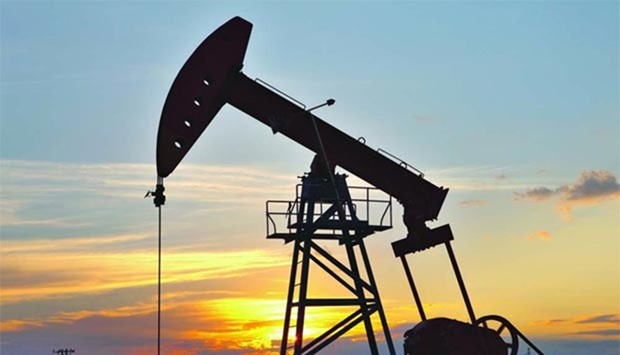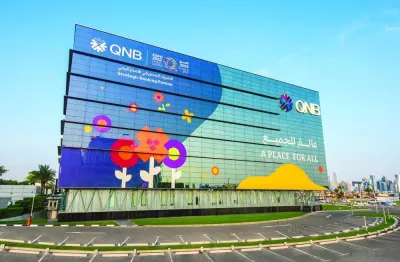* IEA sees no oversupply in second half of 2016
* Trims 2017 oil demand growth, ups non-Opec supply estimate
* Call on Opec crude in 2017 close to current output
Oil markets will begin to tighten in the second half of 2016 but the process will be slow and painful as global demand growth declines and non-Opec supplies rebound, the International Energy Agency said on Thursday.
The IEA, in its monthly report, forecast a healthy draw in global oil stocks in the next few months that would help ease a glut that has persisted since 2014 on the back of rising Opec and non-Opec supply.
Oversupply helped send oil prices from $115 a barrel in June 2014 to as low as $27 in January this year. Crude later recovered to around $50 but fell again towards $40 in July.
"Oil's drop ... has put the "glut" back into the headlines even though our balances show essentially no oversupply during the second half of the year. Moreover, our crude oil balance indicates a hefty draw in the third quarter after a lengthy stretch of uninterrupted builds," the Paris-based IEA said.
"The resulting product stock draw will increase refiners' appetite for crude oil and help pave the way to a sustained tightening of the crude oil balance," it added.
The rebalancing will be slow, however, with inventories in developed economies reaching a record-high 3.093 billion barrels in June.
Meanwhile, global demand growth is expected to slow from 1.4mn barrels per day (bpd) in 2016 to 1.2mn bpd in 2017, the IEA said.
The forecast for 2017 - although still above trend - was cut by 0.1mn bpd from last month's report following a revision to the global economic outlook by the International Monetary Fund after Britain voted in June to leave the European Union.
Lower oil prices have forced high-cost producers such as the United States to slash spending and reduce drilling, resulting in an expected drop in non-Opec output of 0.9mn bpd this year.
But next year, the IEA said, output from producers that are not part of the Organisation of the Petroleum Exporting Countries will rebound by 0.3mn bpd - an upward revision of 0.2mn bpd from last month's report.
It cited the start-up of the giant Kazakh Kashagan field as a factor.
As a result of lower demand growth and higher non-Opec output, the IEA cut its call on Opec crude for 2017 by 0.2mn bpd to 33.5mn bpd.
That is close to Opec's production of 33.39mn bpd in July when output from Saudi Arabia, Kuwait and the United Arab Emirates reached record levels, pushing total Opec supply to an eight-year high.
Post-sanctions Iran and Iraq have made the biggest gains so far this year, adding 560,000 and 500,000 bpd to their output respectively, the IEA said.
Cash-strapped Venezuela and Nigeria - beset by militant attacks - have each racked up year-to-date declines of roughly 150,000 bpd versus 2015.

The IEA has forecast a healthy draw in global oil stocks.


